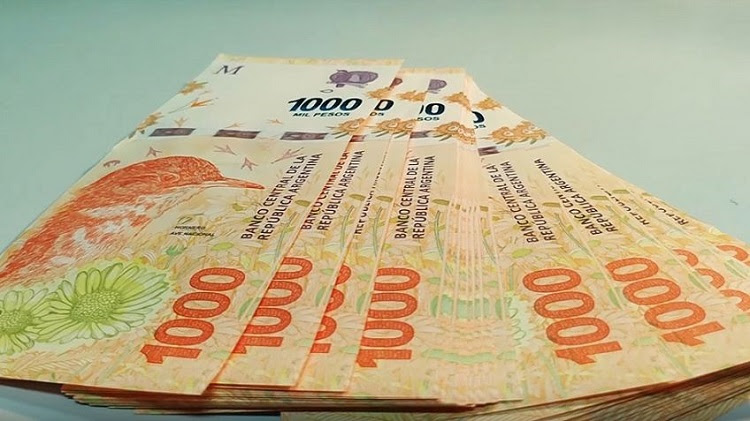<!–
Compartí esta noticia en :
—>
I shared this article on:
–
Total loans in pesos to the private sector registered an increase of 47.02% in 2020 and thus showed real growth, above price indices, after 2019 hit by high rates and a contraction of balances in adjusted terms due to inflation, with a recovery in debt, according to First Capital Group.
According to the report, made on the basis of data from the Central Bank, “different behaviors of the main lines and strong contrasts between them were observed, which in some way explain the strong imbalances that the economy of our country had to experience.”
Commercial loans represented the most dynamic sector, with the highest increases, which practically doubled the inflation of the period: in the first semester it was 18% and in the year, 83.18%.
“They started the year with a timid rebound, but the arrival of the pandemic forced the authorities to reinforce the incentives for banks to replace the low income of their clients with greater financing under subsidized conditions, this is how we saw during March, April and May an expansion of 50% of the balances, just at the moment that the ASPO paralyzed the private activity; the last months of the year passed with a moderate increase according to an activity that is recovering little by little ”, explained Guillermo Barbero, partner of First Capital Group.
For their part, credit cards also had a positive year, but in values much closer to the price increase, which despite the pandemic they exceeded; In the first semester they achieved a 36.3% increase and closed the year with an increase of 47.28%.
“In this area, the almost null activity of operations that promote the use of plastic such as tourism, recreation and cultural activities weighed heavily; However, the facilities to refinance consumption in up to twelve months with a grace period of three that the BCRA established on more than one occasion, gave rise to the increase in balances; they end the year in a frank recovery of their values ”, added Barbero.
Meanwhile, personal loans suffered a strong setback in real terms during this year: it had an annual increase of just 11.78%.
“The increase in unemployment brought with it a double effect on the item: on the one hand, banks were extremely cautious when granting new financing to a population with a higher credit risk; and, on the other hand, the lack of a clear economic horizon slowed down the new requests for indebtedness by families; here we also see the end of the year with higher expectations for growth and recovery ”, assured Barbero.
In pledge loans, two different moments were observed: a first half of the year with low industrial and commercial activity of the goods subject to collateral and, therefore, a decline in balances; and a second with the boost received by vehicle sales due to the drop in their prices measured in dollars.
Thus, the balance for the year shows increases in line with the rise in inflation rates, reaching an annual increase of 30.31%.
Mortgage loans showed a stagnation throughout the year, with an annual fall of 0.15%.
“Not even the drop in construction cost values, measured in dollars, managed to drive any recovery in the sector; we ended the year with nominal balances below those we had at the beginning of the year and with a series of monthly variations that do not predict any recovery for now ”, explained Barbero.
In the case of loans in foreign currency, the year ends with a total balance of half that of the beginning of the year due to the fall in deposits in dollars, the rise in prices of foreign currency, the increasing difficulty of the private sector to access foreign exchange to make payments and the fear of debtors of the possibility of a sudden devaluation of the exchange rate.
I shared this article on:
–
– .


